Research
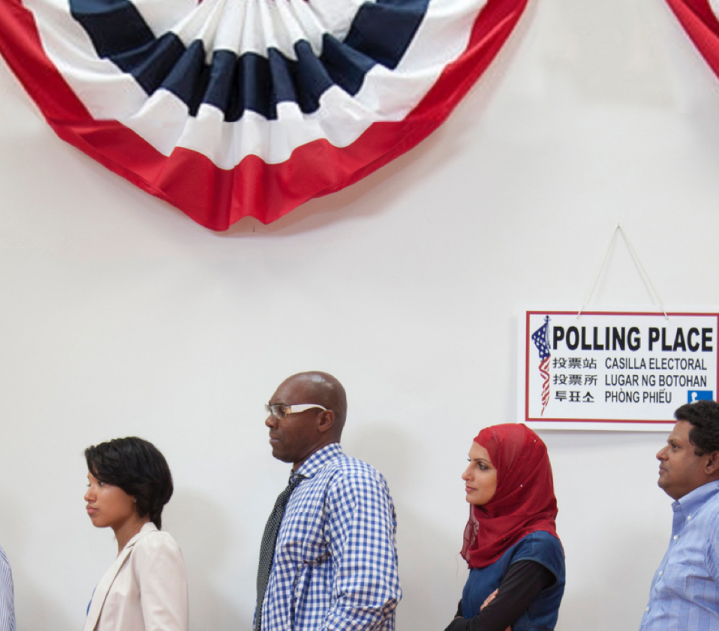
Projects

New Research
Results that Matter: Building Trust in Elections
Equipping election officials with resources and information to build trust among the electorate and bolster trustworthy practices.
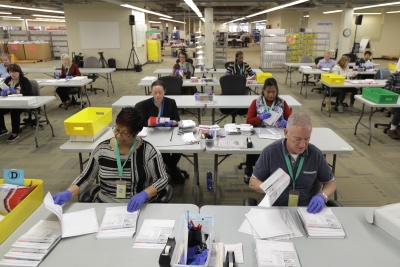
Election Analysis
Elections Performance Central
Through academic research, the Stanford-MIT Elections Performance Central project aims to address the challenges facing American election administration in 2024, and promote best practices to ensure American elections can proceed with integrity and equal access.

Elections in the Pandemic
Stanford-MIT Healthy Elections Project
The Stanford-MIT Healthy Elections Project was developed to ensure that the 2020 election could proceed with integrity, safety, and equal access.

Mapping Election Administration + Election Science
Assessing the current state of knowledge and practice in election administration.
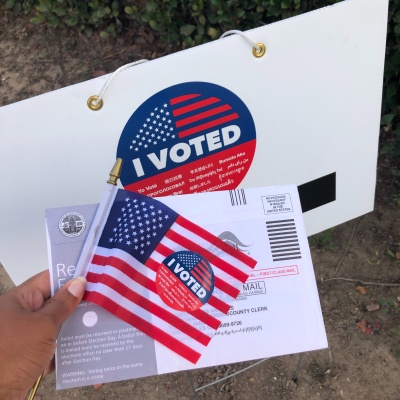
Election Science: Convergence Accelerator Workshop
Election Science: Convergence Accelerator Workshop
Working to understand and build confidence in the outcomes of US elections.

Evolving Election Administration Landscape
Learning from Elections
Working to provide data-driven recommendations to make elections more convenient, secure, transparent, and cost effective.

Grants
New Initiatives in Election Science
The MIT Election Data and Science Lab ran the New Initiatives in Election Science Grants from 2017-19 to encourage new approaches to the scientific study of elections and election reform.

Syllabuses for Election Science
Deepening the Field of Election Science
A database of resources for people who teach election science classes, including syllabi and other teaching aids.
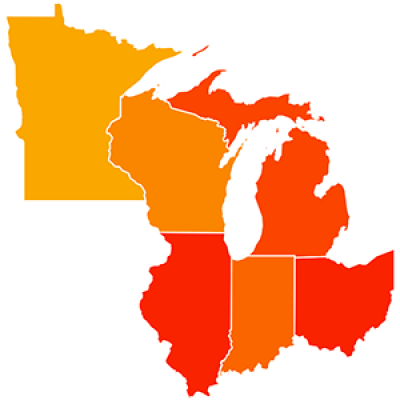
Election Landscapes
State Election Landscapes: The Great Lakes States
State Election Landscapes provides a comprehensive overview of how elections are conducted in the six Great Lakes States: Illinois, Indiana, Michigan, Minnesota, Ohio, and Wisconsin.
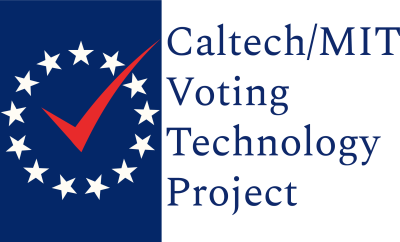
Deepening Scientific Research
Caltech/MIT Voting Technology Project
The Voting Technology Project was established by Caltech President David Baltimore and MIT President Charles Vest in December 2000 to prevent a recurrence of the problems that threatened the 2000 U.S. Presidential Election.

External Resources
Presidential Commission on Election Administration (Mirror Website)
For those looking for the website of the Presidential Commission on Election Administration, we maintain a mirror site to archive its information online.
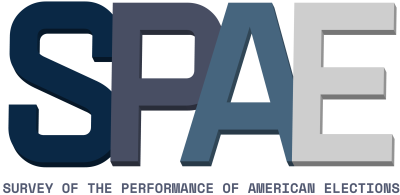
Studying Voters' Experiences
Survey of the Performance of American Elections
The Survey of the Performance of American Elections is the only national survey of registered voters that is focused on understanding the voting process from the perspective of the voter. It was begun in 2008 and repeated in 2012, 2014, 2016, and 2020. Access the dataset and latest reports here.
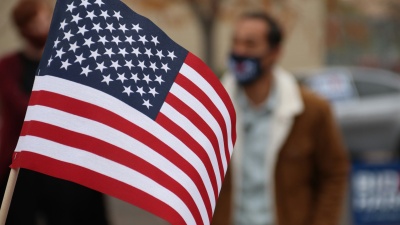
Evaluating U.S. Elections
Elections Performance Index
The Elections Performance Index is the premier assessment tool to evaluate election administration across the nation. It allows viewers to compare election administration policy and performance across states and from one election cycle to the next. The current index is based on the U.S. presidential and mid-term elections ranging from 2008–2022.
Working Papers
MIT Political Science Department Research Paper No. 2024-1
Hidden Partisanship in American Elections
Online Hostility Toward Local Election Officials Surged in 2020
Why Does Anyone Need Precinct-Level Results?
Votes Can Be Confidently Bought in Instant Runoff Elections, and What to Do About It
How We Voted in 2020: A First Look at the Survey of the Performance of American Elections
Modeling Voting Service Times with Machine Logs
Residual Votes and Abstentions in the 2016 Election
Reports
October 2024
Forecasting Turnout
July 2024
Trust in the Count: Improving Voter Confidence with Post-election Audits
May 2023
How We Voted in 2022: A Topical Look at the Survey of the Performance of American Elections
November 2022
American Election Results at the Precinct Level
May 2022
The Cost of Conducting Elections
September 2021
Lessons Learned from the 2020 Election
April 2021
The Blue Shift in the 2020 Election
March 2021
How We Voted in 2020: A Topical Look at the Survey of the Performance of American Elections
August 2020
What Queuing Theory Says about Managing Polling Places Amid COVID-19
February 2019
Waiting to Vote in the 2016 Presidential Election: Evidence from a Multi-County Study
May 2018
Improving The Voter Experience: Reducing Polling Place Wait Times by Measuring Lines and Managing Polling Place Resources
Election policy
Research pertaining to regulating the general environment in which elections occur
Modes of voting
Research pertaining to how Americans cast ballots
Voting and participation
Research pertaining to access to the ballot box and exercising the franchise
Administering the system of elections
Research pertaining to managing the process of voting